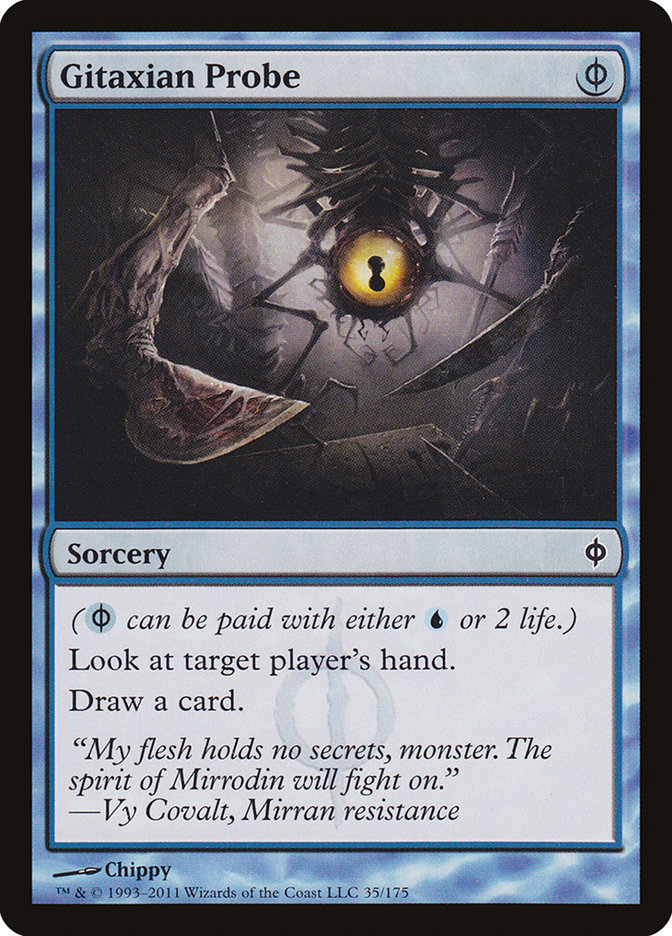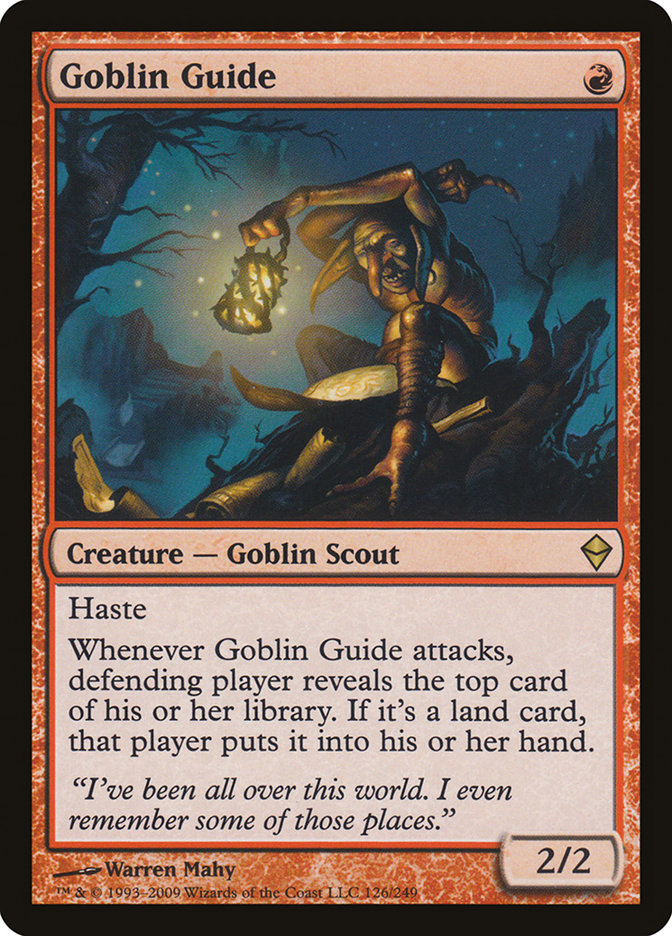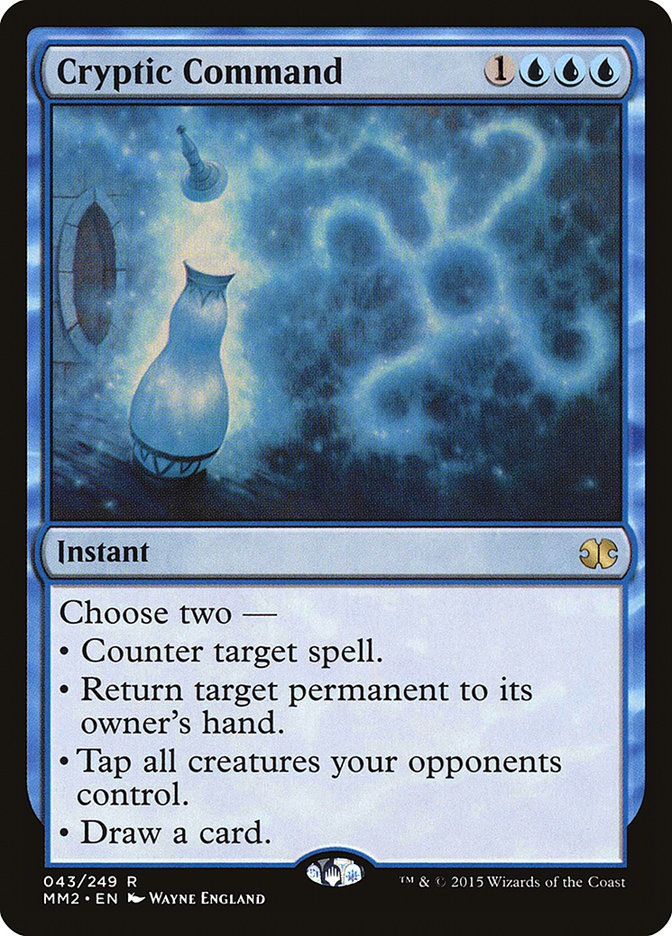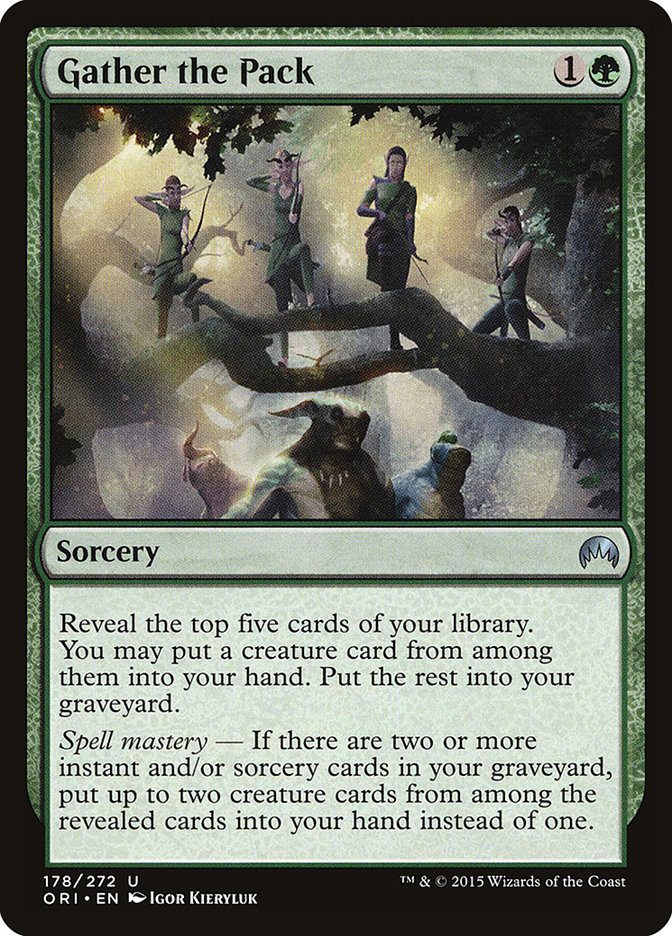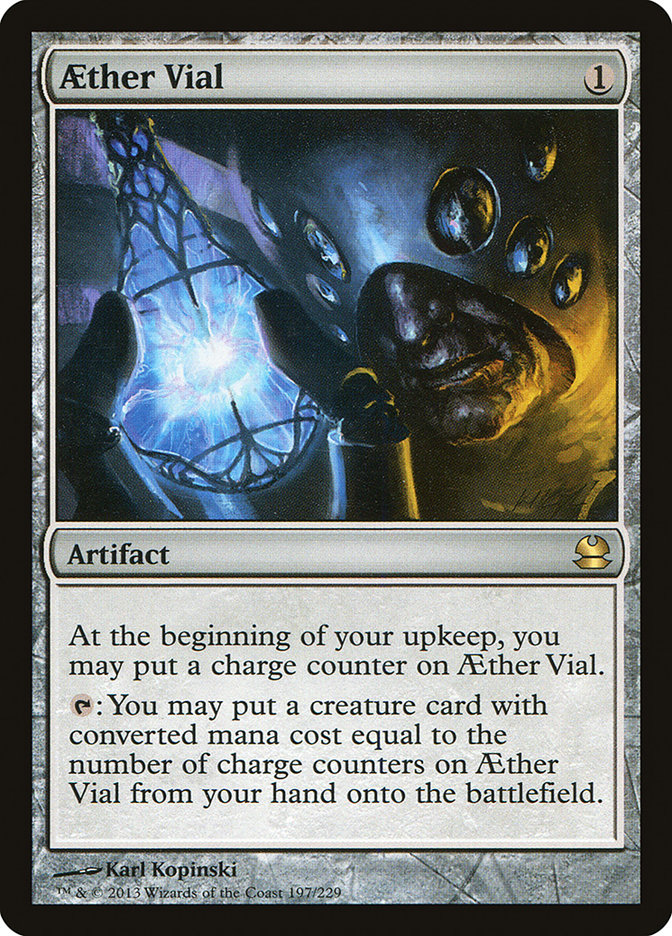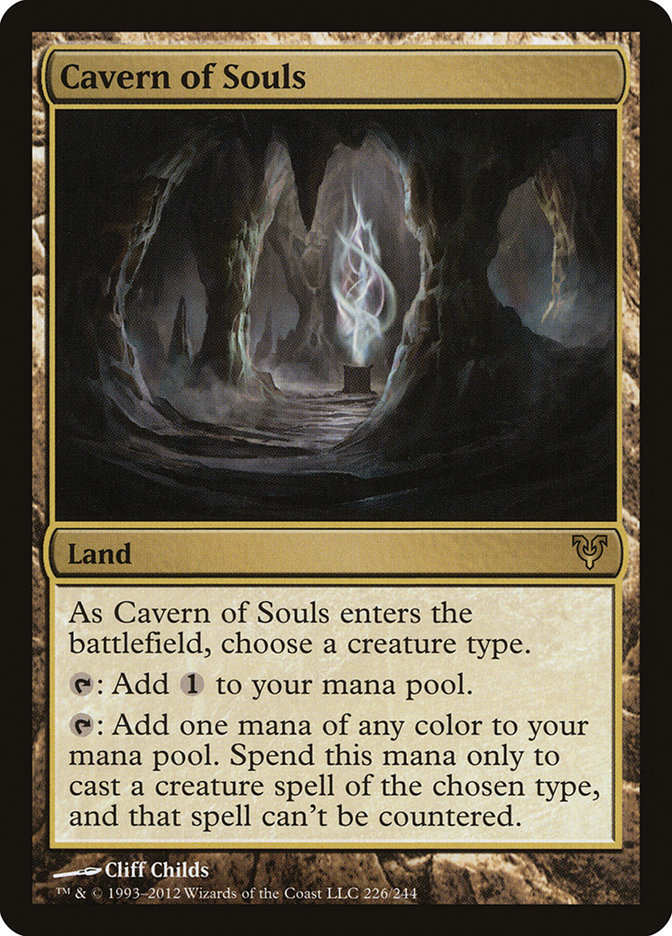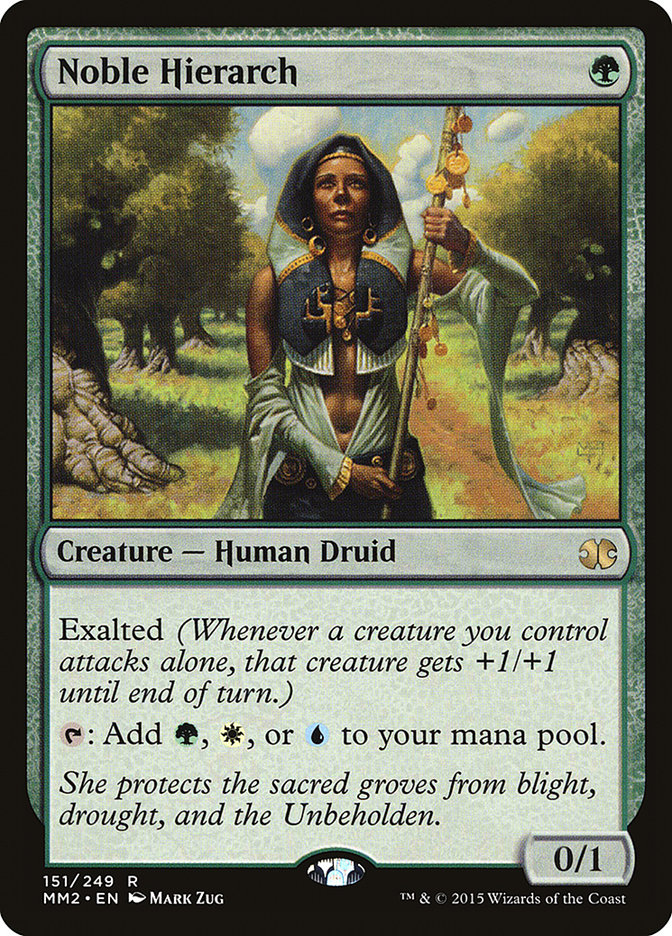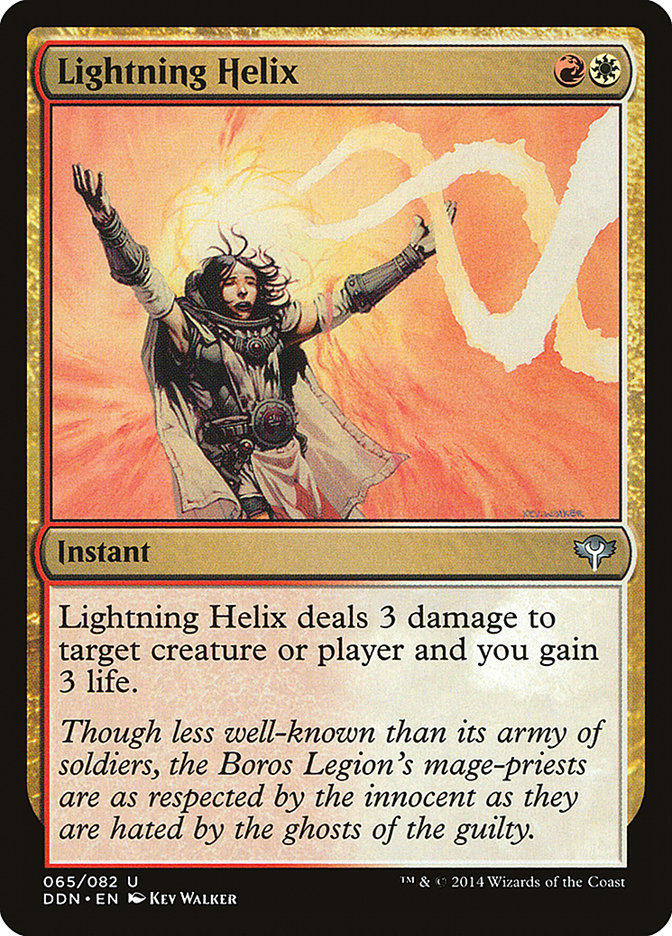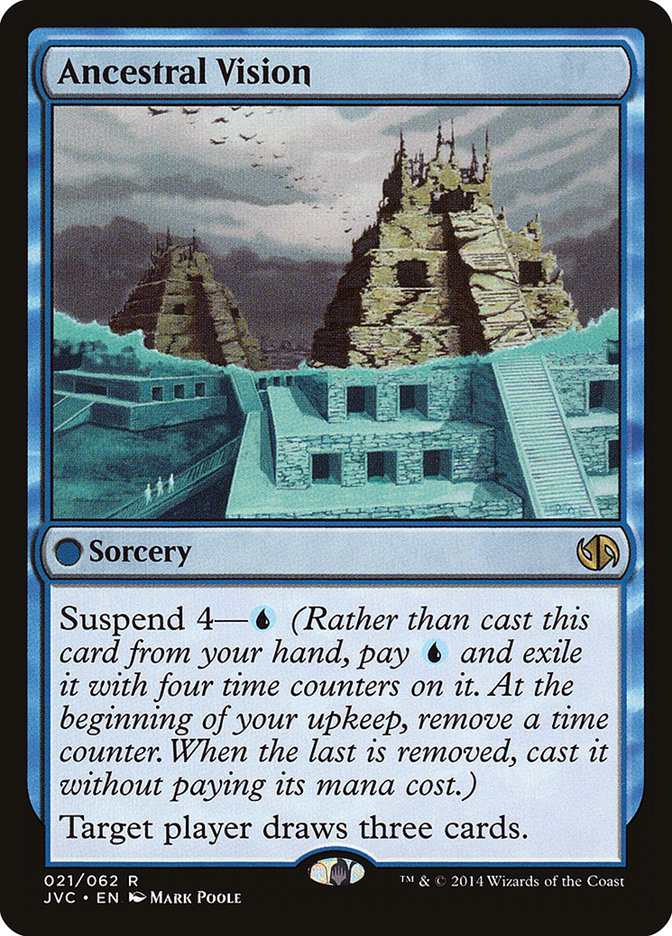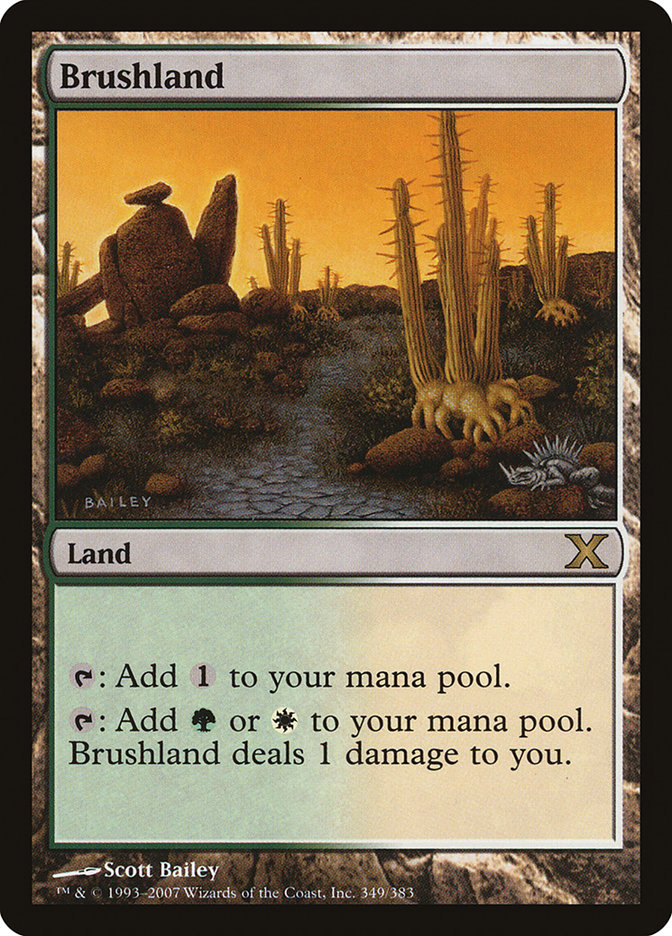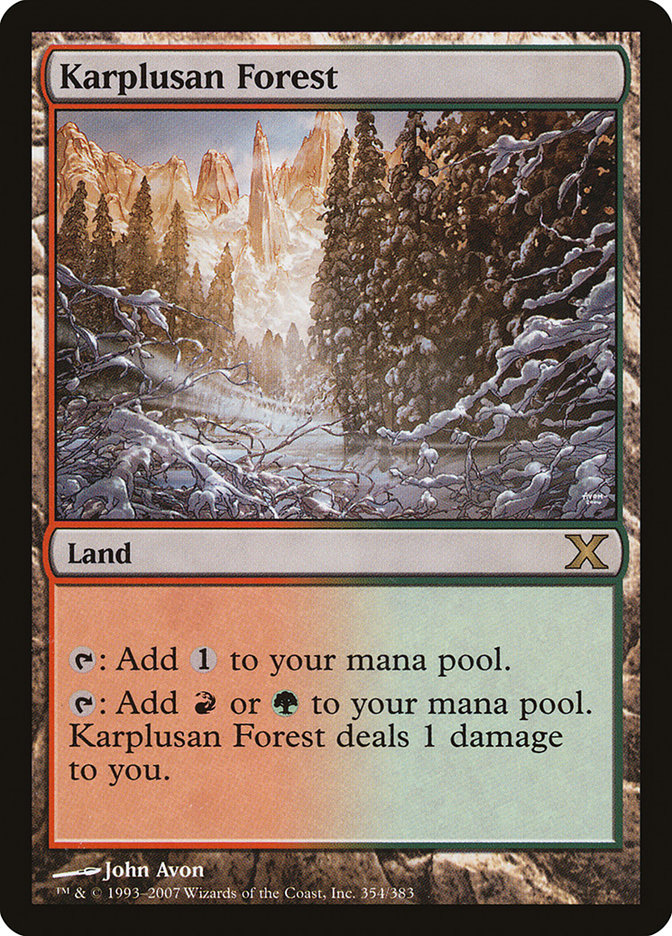The month of Modern charges on as #SCGNY wraps up with an exciting win by Ross Merriam and the Roanoke Dredge build for the weekend!
Now we head to the #SCGINVI. Whether you’re a Modern player learning Standard, a Standard player learning Modern, or just trying to catch up on all the decks coming out of #PTEMN, there’s a good chance you’ll need some preparation to take down the split-format Invitational. These formats are constantly evolving, so it’s important to be able to recognize what deck your opponent is playing as soon as possible. Sure, you could practice for weeks across dozens of tournaments to begin to get a feel for what your opponent is playing by turn 1 or 2, but this skill can also be developed by breaking down the decks with a bit of analysis.
Identifying what deck your opponent is playing is valuable because it can change the plays you make. In a game with as many complex lines of play as Magic, it can be crucial to identify your opponent’s deck as early as possible. This way you can adjust your strategy based on the cards you expect to see throughout the game before you go too far down the wrong path. For example, if you are able to recognize a deck that plays battlefield wipes, you might avoid overextending with your creatures. Once you know what your opponent is playing you can try to shift on the metagame clock to better position yourself for game 1.
Recognizing what you are playing against is also important for sideboarding. If you kill your opponent too early, being able to identify their deck in the first few turns is important. If you get that elusive turn 3 Infect kill on the play, you are at an information disadvantage. Closing that gap can make all the difference for winning Game 2.
So you want to be able to identify your opponent’s deck, but how do you go about actually figuring it out? First you will want to know the decks that you are likely going to play against. I’ve just written an overview of the Modern metagame, so that’s a great start! I’m going to work through this process with Modern as an example, but this method can be applied to other Constructed formats as well. If you want to gain a deeper understanding of a format, this is a great way to analyze it and really soak in the metagame.
Before we dive into the specific decks in Modern, there are a few things to note. Information can be gleaned in many ways, not just by watching the cards your opponent plays. Talking to your opponent before your match starts can sometimes help to determine what deck they are playing. You can ask about their previous round and get stories of bad beats or triumphant victory, so you can think about the deck they played against and which matchups are easy or hard for that deck. This won’t normally get you to a specific deck, but it might let you in on the archetype you should expect. Sometimes they will be eager to tell you about their previous match and you may even hear about specific cards or plays that made a difference.
People tend to get attached to their decks, so they often will accessorize based on a favorite card or theme from it. If you see a Goblin Guide on their playmat, sleeves, and deck box, you might expect them to be playing a fast red deck. Alternatively, if you see everything they have is blue, perhaps they are playing a blue deck.
You can watch to see if your opponent looks like they’re expecting a short round or if they’ve really unpacked everything and settled into their spot at the table. If they’ve kept their backpack on and look like they are ready to get up and go, it’s possible that they will be on a fast deck and plan to kill you quickly. Watch for tokens and other counters as well. If you see a poison counter on the table or a stack of Spirit tokens in their box, that can be a clue. Note that these little indicators can easily be manipulated by your opponent, though, so make sure you take them all with a grain of salt.
For trustworthy and accurate clues, you’ll have to turn to the cards in their deck. Their turn 1 and 2 plays can tell you a lot, especially when backed up by the lands they’ve played. You can also pay attention to revealed cards; watch what comes out of cards like Ancient Stirrings, Gather the Pack, or Thought Scour.
Your opponent won’t always take the effort to name the cards, so don’t be afraid to ask to see this public information. Or if your opponent isn’t playing anything that reveals their own cards, there are other ways you can look at more of your opponent’s cards on your first turn. Play cards like Gitaxian Probe or Inquisition of Kozilek to look at their entire hand, or Surgical Extraction their Misty Rainforest!
Remember also that this method is built to work for Game 1, so you should only be considering maindeck lists, not what you’ll be seeing post-sideboard. For example, Lightning Helix is in Burn and Zoo’s sideboard but rarely shows up in their main decks. If you try to identify a deck off of Lightning Helix and a green source in Game 1, you can usually assume it’s Kiki Chord. Similarly, Ancestral Vision is in Grixis Delver’s sideboard but rarely its maindeck. Hopefully by Game 2 you will know what deck they are playing and won’t need to try to figure it out any more, because sideboard cards often have more overlap.
The Methodology
The easiest way to identify a deck is to know which cards are unique to the decks you will likely see and to watch for those. Here are some unique early turn cards you might expect from the Tier 1 and Tier 2 Modern decks.
Jund
Infect
Affinity
Jeskai Control
R/G Tron
Burn
Merfolk
Abzan Company
Death’s Shadow Aggro
Bant Eldrazi
Zoo
Abzan
Dredge
Grixis Control
Kiki Chord
Grixis Delver
If you don’t see any of these cards, don’t fret! There are still other ways to figure out what deck your opponent is playing. Look for shared cards that identify a deck in conjunction with certain lands or choices.
Aether Vial is commonly seen in two decks. Watch for either blue mana, indicating Merfolk, or white mana and Ghost Quarter, indicating Eldrazi & Taxes or another Hatebears variant.
Ancient Stirrings is found in R/G Tron and Bant Eldrazi. In order for R/G Tron to have the green mana to cast it, they will have often already played a unique card like Chromatic Star or Grove of the Burnwillows. Bant Eldrazi will normally cast Ancient Stirrings off a Brushland or Yavimaya Coast.
Abrupt Decay is great early-game removal, so watch the colors of mana they have available. If you see white mana, they are likely playing Abzan, but if you see red mana, they are probably on Jund.
Cavern of Souls is a tribal land, so pay close attention to the creature type they choose as it enters the battlefield. In Modern you can find anything from Merfolk and Eldrazi to Elves, Goblins, Slivers, or Allies.
Tarmogoyf is among the best green threats in the format, so plenty of decks pack this efficient beater. Again, you can watch your opponent’s manabase: black and white indicate Abzan, black and red mean Jund, and red and white point to Zoo.
Noble Hierarch is played in three of the top-tier decks right now, but which land she is played off can give you a clue. Watch for Pendelhaven for Infect, Brushland or Yavimaya Coast for Bant Eldrazi, and Razorverge Thicket or Overgrown Tomb for Abzan Company.
Lightning Helix is only in the maindeck for Jeskai Control and Kiki Chord, so watch for blue or green mana.
Ancestral Vision tells you that you are playing against a deck that wants to make it to the late-game, usually a control deck. If you see a white mana source, it usually means Jeskai Control, while a black mana source is often Grixis Control.
There are still times where this might not be enough information. If the opponent doesn’t play a card or a sequence that’s unique to one deck, you can often narrow it down to a specific group of decks or an archetype. Even if you are only able to identify a small slice of decks, this is often enough to help you plan your sequencing for the next few turns.
If two decks share several cards, they likely play similarly and call for an appropriately similar gameplan from you. In other cases, you can note how they use a card to narrow it down. For example, Lightning Bolt is played in almost every deck that runs red. Even if the turn 1 play is Mountain and Lightning Bolt, what they choose to target can give you some insight into their deck. If they target you with a turn 1 Lightning Bolt, they are probably playing an aggressive deck and plan to kill you quickly. If they target an early creature of yours, they might be a midrange or control archetype, looking to take you to the late game. Unless they’re Bolting the Bird, which is usually the right plan no matter what.
There is also a chance that you are not playing one of the top-tier decks. Sometimes rogue decks do well and it can be hard to identify their strategy, especially if they look similar to another deck. Some Tier 3 decks and brews might have overlapping cards with the Tier 1 decks. For example, you could see a Street Wraith cycled and expect Death’s Shadow Aggro, but then learn that you’re playing against Living End when they cycle a Monstrous Carabid. Be willing to drop assumptions you have about your opponent’s deck as soon as you get more information.
Don’t get confused by budget replacements. Not everyone has finished building their deck yet, so it is possible to see someone playing a Brushland in place of a Horizon Canopy in a deck that isn’t Bant Eldrazi, a Karplusan Forest in place of a Grove of the Burnwillows, or an off-color fetchland. Don’t worry too much about this, though. Play to the odds—you’re probably playing against a Tier 1 or 2 deck if you are in a Large Paper or Large Online metagame.
Finally, sometimes opponents will have no apparent turn 1 or 2 play. If they haven’t played anything except lands, how can you figure out what they’re doing more than just their colors? Well, this can be a clue that they are playing a deck that is reactive or more controlling! Expect them to wait for you to make the first move, waiting for the right time to strike with countermagic and removal spells.
When you put all of this information together, you can have a greater awareness of what the opponent is doing before you go too far down a line of play that might not line up well against their deck. Hopefully this can help you to learn and understand whatever Constructed format you want to improve on. If you’re playing in the #SCGINVI, give this method a try so you can identify which exciting new Standard deck you’re playing!
Have a wonderful week, and as always: happy gaming!


